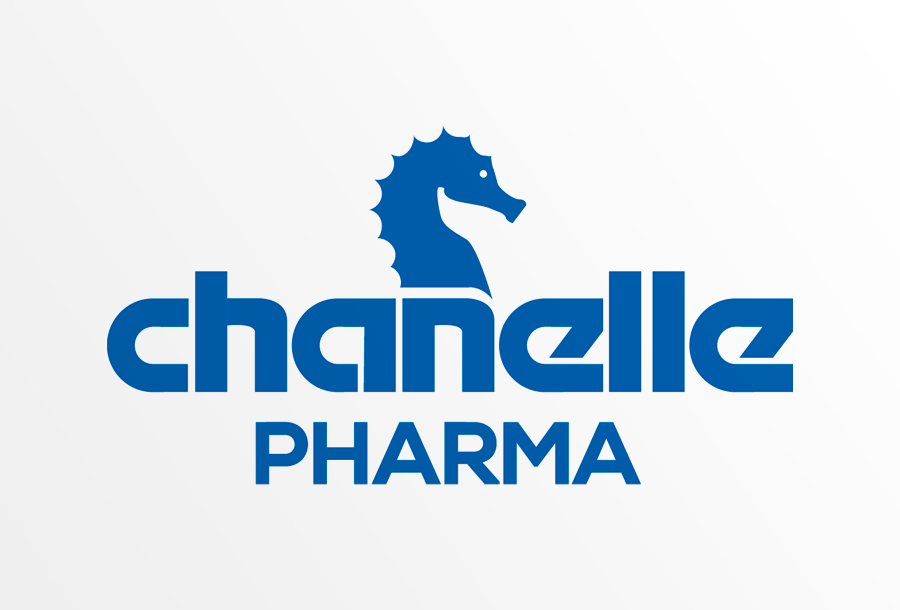Will imported agri products meet same standards as EU produce?
Does EU trade policy ensure that imported agricultural products meet the same high standards as those produced within the EU?
According to the European Commission, yes, they must. The EU enforces strict import rules for agricultural products entering its market.
The EU is the top global exporter of food and agriculture products. In 2023, this resulted in a total trade surplus of €70.1 billion (€12.8 billion – or 20% – more than in 2022).
International trade is also an opportunity for EU agriculture, contributing to its economic viability and prosperity, according to the commission.
The EU states that it applies the same robust health and safety standards for products imported into the EU as it does for those produced in the EU.
This is said to ensure that all food sold in the EU meets high health standards and prevents the spread of plant and animal diseases.
When negotiating trade agreements with other countries or regions, the EU said that it doesn’t compromise on these standards.
Protecting jobs and the environment
The commission has stated that it is working to avoid environmental damage and stop companies from moving production to countries with less strict environmental standards.
In recent years, the EU has brought in rules that all goods sold in the EU must meet. E.g., these rules ban any products that:
- Contribute to deforestation;
- Use forced labour in their production;
- Generate excess residue levels of substances harmful to bees;
- Use antibiotics as growth promoters.
Also, when letting products into the EU, import quotas are used for certain sensitive products. These quotas are implemented step-by-step and control how much of certain agricultural products come into the EU.
Trade
The EU benefits from many trade agreements that support the agri-food sector, according to the commission.
The European Commission's latest EU agricultural outlook report reveals a resilient agricultural sector adapting to the triple challenges of climate change, sustainability concerns, and shifting consumer demand.
While the EU continues to be a net exporter of agri-food, remaining self-sufficient for most commodities, noticeable sectoral changes include a decline in total meat production, a stabilisation of cereals production, milk production reaching a plateau, and an increase in poultry and pulses production.
While uncertainties surrounding macroeconomic, trade and climate change developments persist, the outlook also shows improvements for several environmental and climate indicators, highlighting the transition towards a more environmentally sustainable agricultural sector.
The EU agricultural outlook report presents the market projections for EU agriculture until 2035.
According to the report, the EU agricultural sector is expected to continue to be a net exporter of agri-food products and contribute to global food security, while adapting to challenges such as climate change and changing consumer demand.
The macroeconomic environment is assumed to be stable, with real GDP (gross domestic product) growth in the EU projected to stabilise in the medium term and inflation to return to the 2% target level.
On this basis, market projections for EU agriculture are developed with agro-economic modelling methods.
The report projects a change in EU consumption patterns - meat consumption is expected to marginally decline, mainly for beef and pigmeat, while plant protein consumption is expected to grow.
Dairy products consumption is expected to remain stable, with changing habits and expanding novel uses.
The market projections are built on the 2024-33 OECD-FAO Agricultural Outlook, which projects a slight fall in real world prices for the main agricultural commodities, and a growing demand from low- and middle-income countries.





